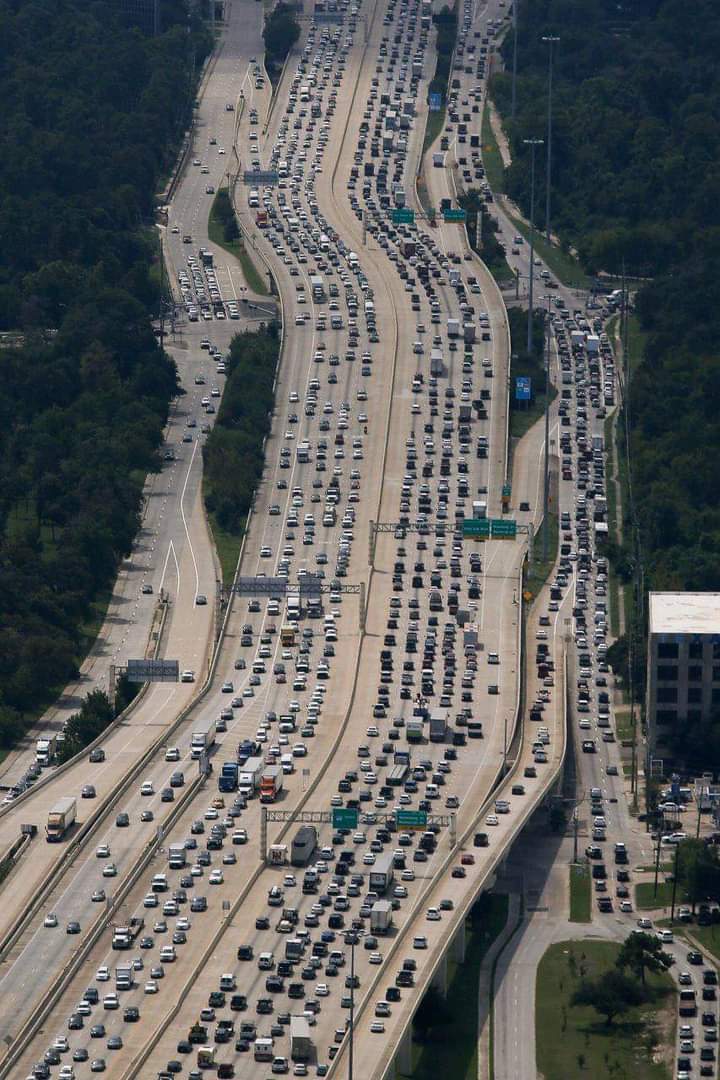this post was submitted on 04 Jul 2024
338 points (96.2% liked)
pics
19969 readers
2874 users here now
Rules:
1.. Please mark original photos with [OC] in the title if you're the photographer
2..Pictures containing a politician from any country or planet are prohibited, this is a community voted on rule.
3.. Image must be a photograph, no AI or digital art.
4.. No NSFW/Cosplay/Spam/Trolling images.
5.. Be civil. No racism or bigotry.
Photo of the Week Rule(s):
1.. On Fridays, the most upvoted original, marked [OC], photo posted between Friday and Thursday will be the next week's banner and featured photo.
2.. The weekly photos will be saved for an end of the year run off.
Instance-wide rules always apply. https://mastodon.world/about
founded 2 years ago
MODERATORS
you are viewing a single comment's thread
view the rest of the comments
view the rest of the comments


So what?
Living in a city with actually good public transit, it is used to achieve exactly that. To get any one passenger from any one point within the metropolitan area, to any other. To work for everyone, even though every single person is starting from a different point, and going to a different destination.
It doesn't matter where you're going or from where. There is a public transit stop nearby at both ends.
The fuck do you mean "a small segment of the trip"? I share this city with a stupid number of other humans, only a small number of which I go to work with every day, yet a significant portion of of the entire city population travels to work, entertainment and shopping, using the exact same transit network.
Your trip may overlap with a varying number of entirely different individuals along each segment of the route, and at each end it might just be you walking a few dozen meters... But come on! The fact that it adds up is beyond obvious!
Your argument is only valid for mass transit, that isn't actually mass transit.
And as density goes up (read less roads and carparks), the overlaps INCREASE and the whole thing gets more efficient.
There is a train station in Tokyo, that serves the same number of people every day, as there are citizens in my entire country.
Can you even imagine what a highway interchange that could serve 5 million people within 24 hours would look like? No, because it's a physical impossibility.
The only reason the number can get so high, is because transit systems consolidate travellers even when they aren't going to the same places.
I think I may have been to that train station.
I walked through a place that, at first, I thought was a regular metro station. But then it just kept opening up more and more, into more and more spaces. It was like a mall. I guess it was like an airport terminal. Businesses all over.
When I finally left it, I thought I was underground and then turned a corner and there was open daylight, no door, not even a wall just like the opening of a huge cave.